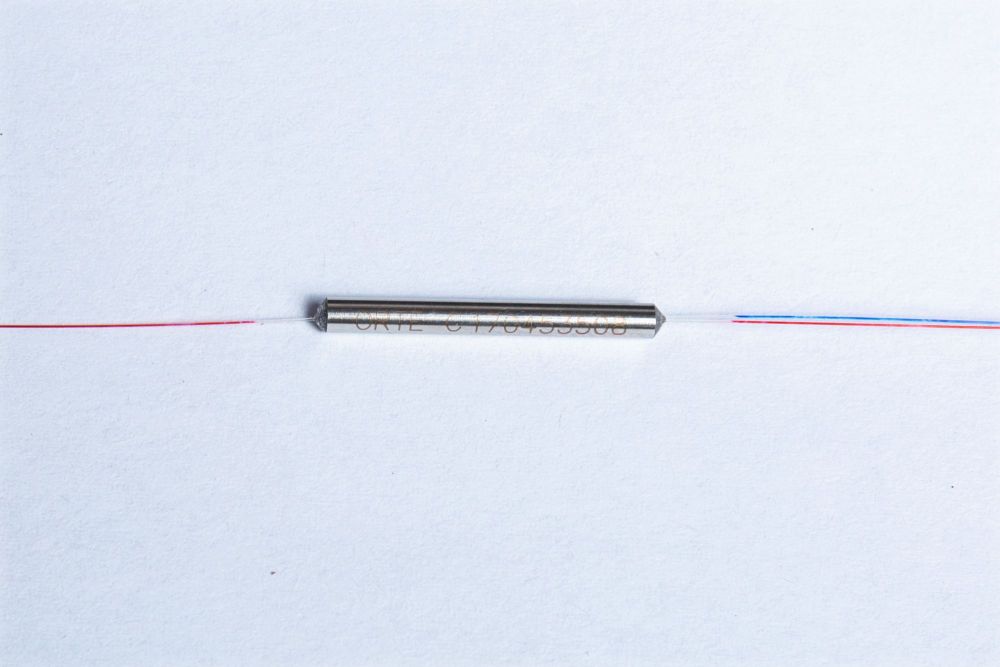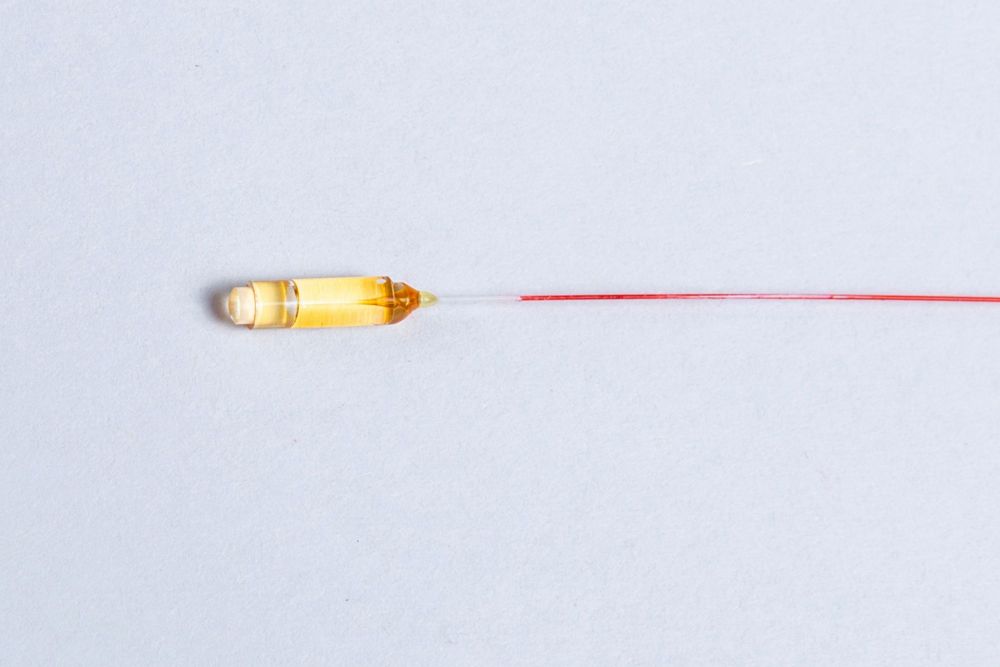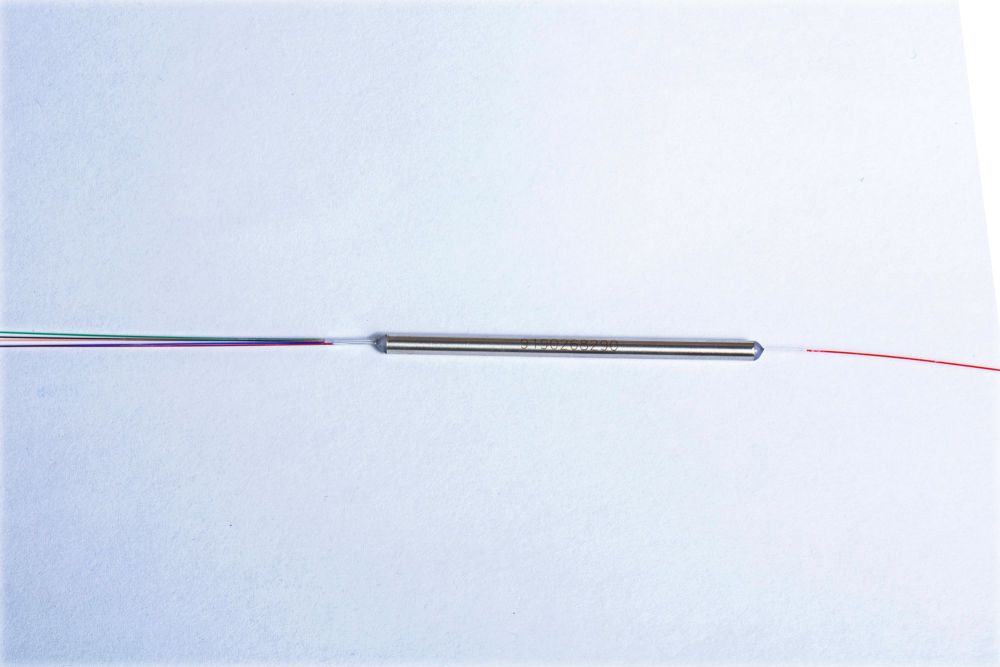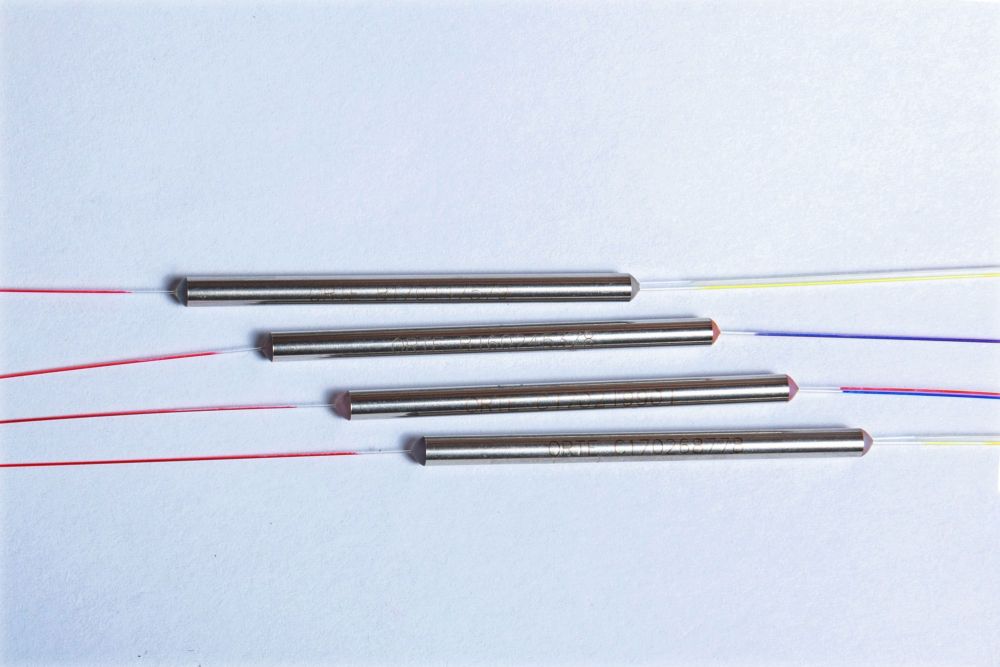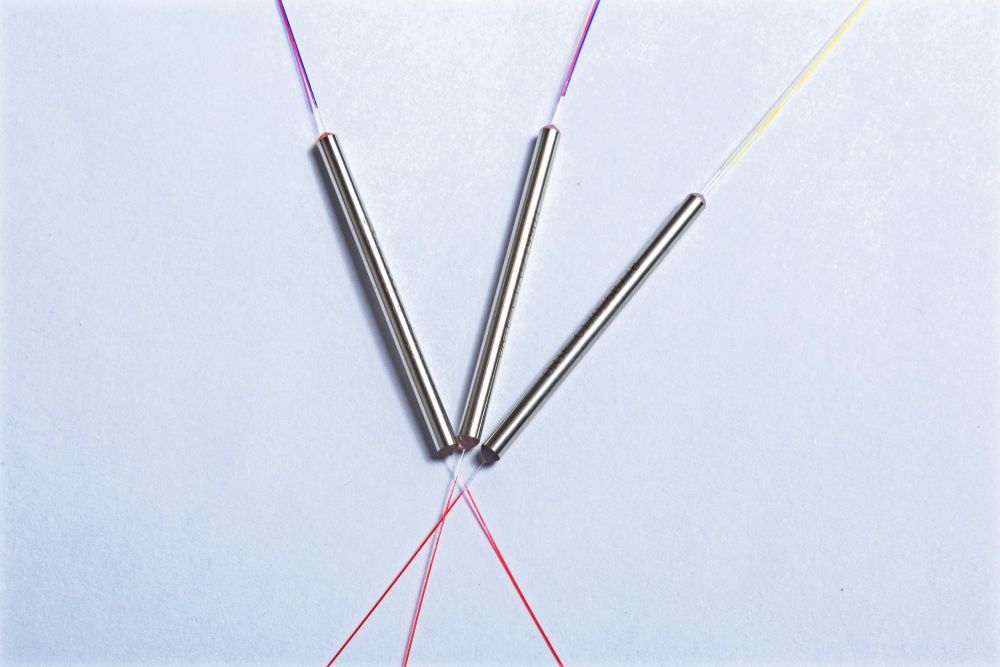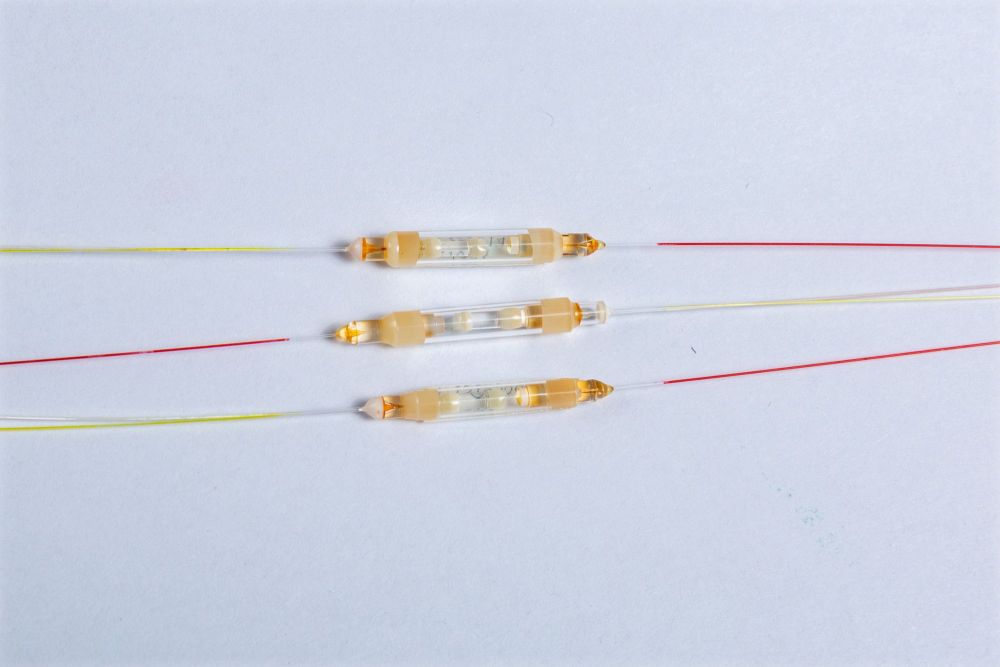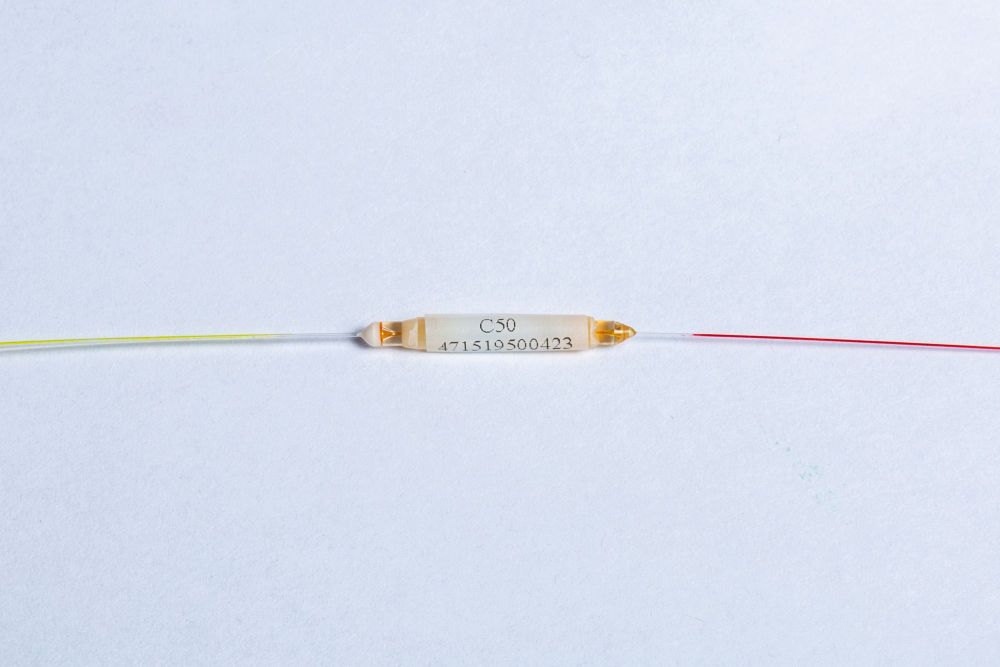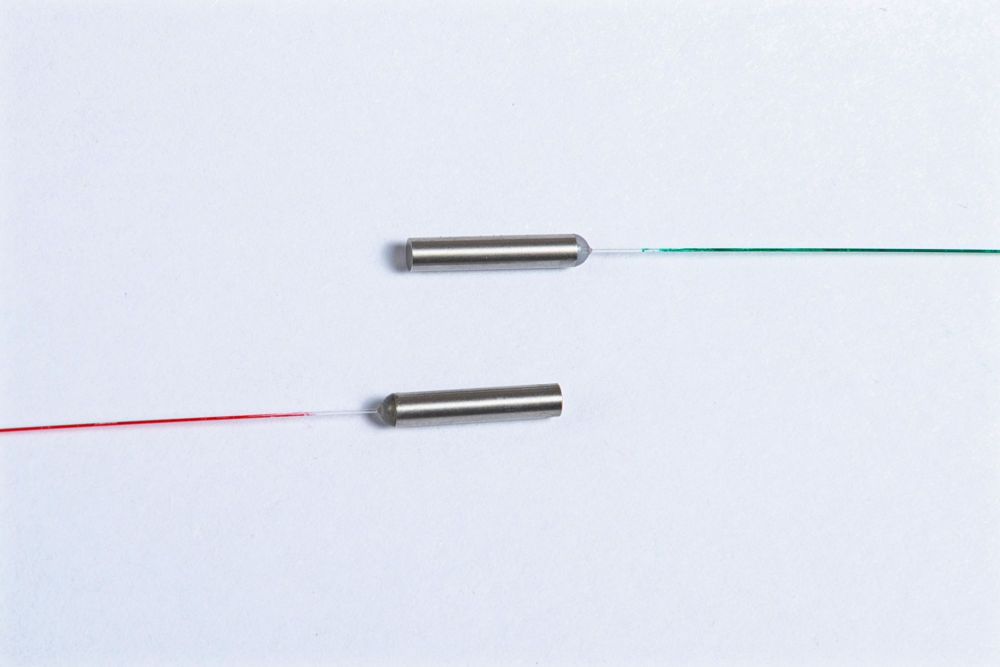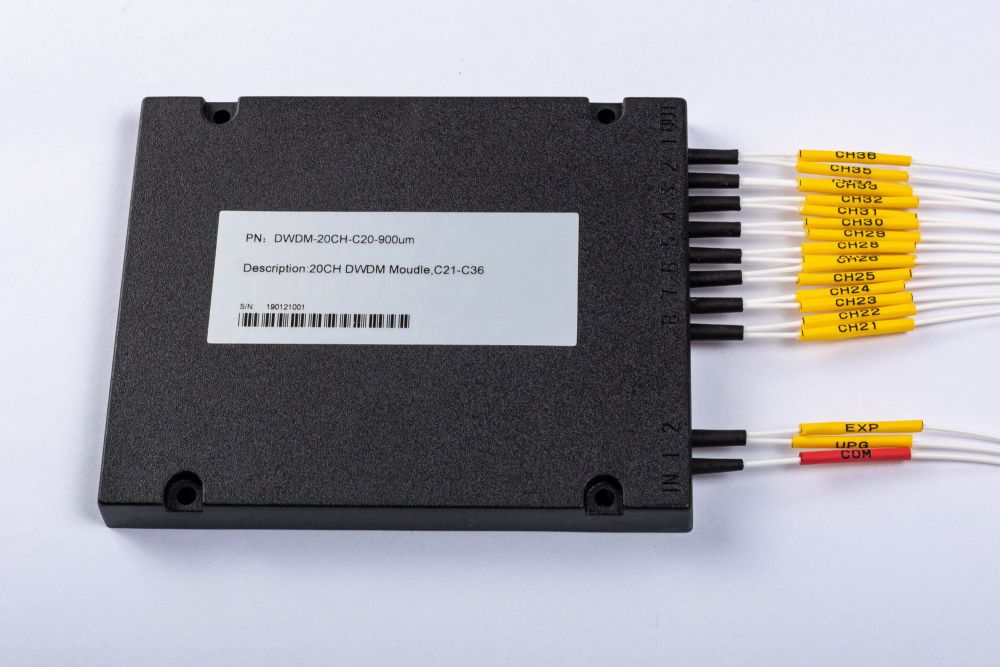PON, the full name of passive optical network (Passive Optical Network), the following are the concepts related to PON:
EPON: Ethernet PON, Gigabit Ethernet Passive Optical Network;
GPON: Gigabit-Capable PON, Gigabit Passive Optical Network;
10G PON: divided into 10G EPON and 10G GPON (XGPON)
Passive optical network means that the optical distribution network does not contain any electronic devices and electronic power supplies. The optical distribution network (ODN) is all composed of passive devices such as optical splitters (Splitter). A passive optical network includes an optical line terminal (OLT) installed in the central control station, and a batch of supporting optical network units (ONUs) installed in the user's premises. The Optical Distribution Network (ODN) between the Optical Line Terminal (OLT) and the Optical Network Unit (ONU) consists of optical fibers and passive splitters or couplers.
PON is a general term for the form of optical fiber transmission, and EPON and GPON are one of the forms of optical fiber transmission.

GPON follows the standard ITU984.x, the downlink rate is 2.5G, the uplink rate is 1.25G, and the maximum splitting ratio is 1:128. GPON technology has the advantages of high bandwidth, high efficiency, large coverage, and rich user interfaces, which are regarded by most operators. It is an ideal technology for comprehensive transformation in order to realize the broadbandization of access network services. EPON follows the standard IEEE802.3, the downlink rate is 1.25G, the uplink rate is 1.25G, and the maximum splitting ratio is 1:64. EPON has some advantages in cost, but in terms of performance indicators, GPON is better than EPON. For bandwidth, multi-service, QoS and security requirements are higher, and ATM (Asynchronous Transfer Mode, Asynchronous Transfer Mode) technology is used as a backbone network customer , GPON is more suitable.
10G EPON has a split ratio of 1:128. Compared with EPON and GPON, it has stronger splitting capability and can carry more users. 10G GPON, also known as XGPON, has a splitting ratio of 1:128. Under the same splitting ratio, the transmission distance of 10G GPON is longer, and the maximum can reach 40KM. The current mainstream PON technologies used in FTTH scenarios are EPON technology and GPON technology, and 10G PON is mainly used in FTTB scenarios.

